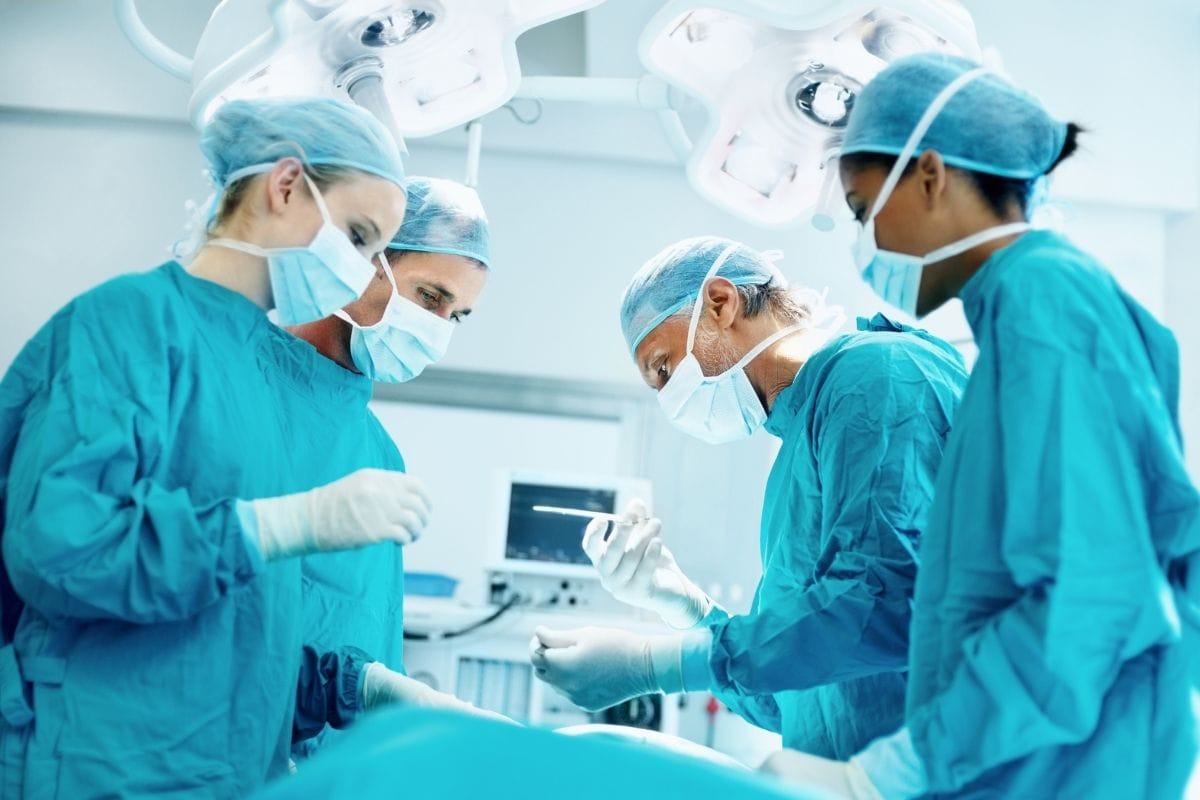Introduction
Penis curvature is a topic that may be sensitive for some, but it’s crucial to address this medical condition and the available treatment options. This article aims to provide valuable insights into the causes of penis curvature, the surgical and non-surgical treatment approaches available, the recovery process, and potential risks and complications associated with penis curvature surgery.
Causes of Penis Curvature
Peyronie’s Disease
Peyronie’s Disease is one of the primary causes of penis curvature. It involves the formation of fibrous scar tissue beneath the skin of the penis, resulting in an abnormal curvature during erections. This condition can be painful and may impact sexual function.
Congenital Curvature
Some individuals are born with a congenital curvature, which means they have had it since birth. This curvature can vary in severity and may or may not cause any issues during adulthood.
Physical Trauma
Injuries to the penis, such as during sexual activity or accidents, can lead to curvature. Trauma-induced curvature may be temporary or permanent, depending on the extent of the damage.
Understanding Peyronie’s Disease
Symptoms
Peyronie’s Disease may manifest with symptoms such as penile pain, difficulty achieving or maintaining an erection, and a noticeable curvature during erections. These symptoms can significantly impact a person’s sexual and emotional well-being.
Risk Factors
Certain risk factors increase the likelihood of developing Peyronie’s Disease, including age, family history, and certain connective tissue disorders.
Diagnosis
To diagnose Peyronie’s Disease, a healthcare professional will perform a physical examination, review medical history, and may recommend imaging tests such as ultrasound or MRI.
Treatment Options for Penis Curvature
Non-Surgical Approaches
In mild cases, non-surgical treatments may be sufficient to manage penis curvature. These can include medication to reduce pain and inflammation, the use of traction devices to straighten the penis, and physical therapy to improve flexibility.
Surgical Solutions
In more severe cases or when non-surgical methods prove ineffective, surgical interventions become necessary. Some common surgical procedures include:
- Plication Surgery: This procedure involves removing a section of tissue from the longer side of the penis to straighten it.
- Excision and Grafting: Surgeons remove the scar tissue causing the curvature and replace it with a graft to create a straighter erection.
- Penile Implants: For individuals with Peyronie’s Disease and erectile dysfunction, penile implants may be an option to address both conditions simultaneously.
Recovery and Post-Surgery Care
After penis curvature surgery, proper post-operative care is crucial for a successful recovery. Patients may experience pain and discomfort, which can be managed with prescribed medications. It’s essential to follow the surgeon’s instructions carefully and attend follow-up visits.
Managing Pain and Discomfort
Patients may experience some pain and discomfort following surgery. Pain management techniques such as cold packs and prescribed pain medications can help alleviate these symptoms.
Resuming Sexual Activity
It’s normal for patients to be concerned about resuming sexual activity after surgery. Most individuals can resume sexual activity after receiving approval from their healthcare provider.
Follow-up Visits
Regular follow-up visits are necessary to monitor healing progress and address any concerns that may arise during the recovery process.
Risks and Complications
As with any surgical procedure, penis curvature surgery carries some risks and potential complications. These may include:
Infection
Infection is a possible risk following any surgery. To minimize the risk, patients should follow post-operative care instructions and maintain good hygiene.
Scarring
Scar tissue can develop after surgery, potentially affecting the appearance of the penis and its function.
Erectile Dysfunction
In some cases, penis curvature surgery may result in temporary or permanent erectile dysfunction. Patients should discuss this potential outcome with their healthcare provider before the procedure.
Alternative and Natural Remedies
While surgical intervention is often the most effective treatment for severe cases of penis curvature, some individuals may seek alternative or natural remedies. These may include supplements and lifestyle changes aimed at improving penile health.
Psychological Impact of Penis Curvature
Penis curvature can have a significant psychological impact on individuals. It may lead to body image issues, reduced self-esteem, and difficulties in intimate relationships. Open communication with partners and seeking support from healthcare professionals can be beneficial in managing these emotional challenges.
Frequently Asked Questions (FAQs)
- Is penis curvature common?
- Penis curvature is relatively common, with various underlying causes.
- Can penis curvature be treated without surgery?
- In mild cases, non-surgical treatments may be sufficient. However, surgery may be necessary in severe cases.
- Will penis curvature surgery affect my ability to have sex?
- In some cases, there may be temporary or permanent effects on sexual function. It’s essential to discuss this with your surgeon.
- How long does it take to recover from penis curvature surgery?
- Recovery times can vary, but patients typically resume regular activities within a few weeks.
- What can I do to prevent penis curvature?
- While some causes of penis curvature are unavoidable, maintaining good penile health and seeking timely medical attention for any issues can be helpful.
Conclusion
Penis curvature surgery is a viable option for individuals facing significant challenges due to Peyronie’s Disease or other causes of penile curvature. While it carries risks like any surgical procedure, it can be life-changing for those suffering from this condition. Prioritizing open communication with healthcare providers and understanding the available treatment options is crucial in making informed decisions. Remember, seeking medical advice from a qualified professional is essential for personalized care and support.

